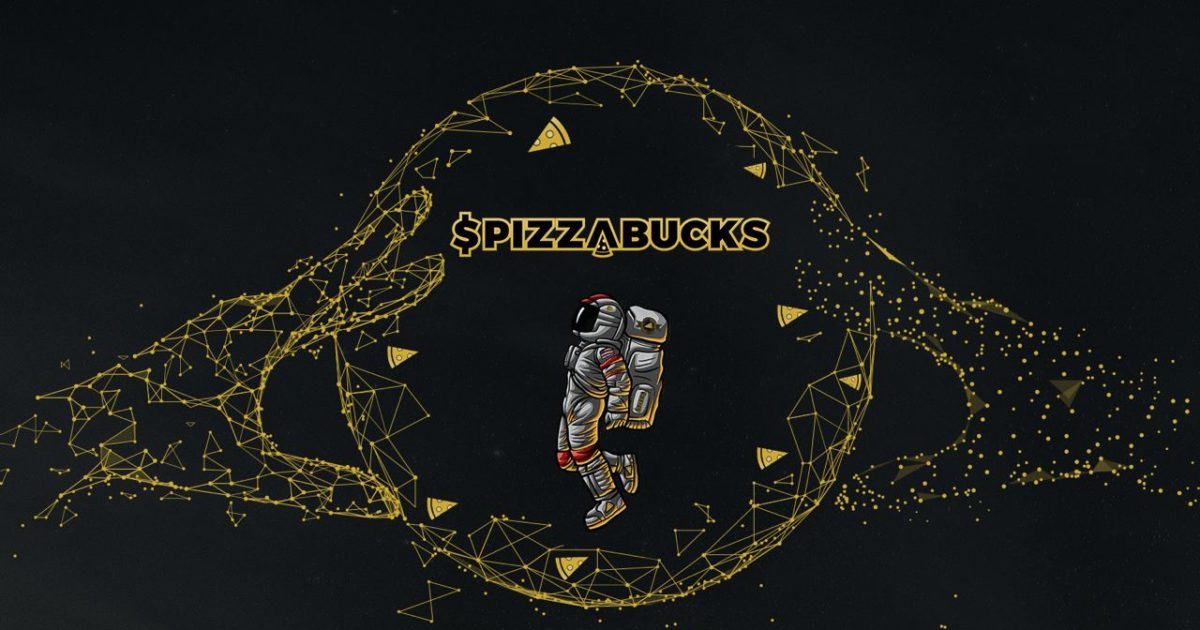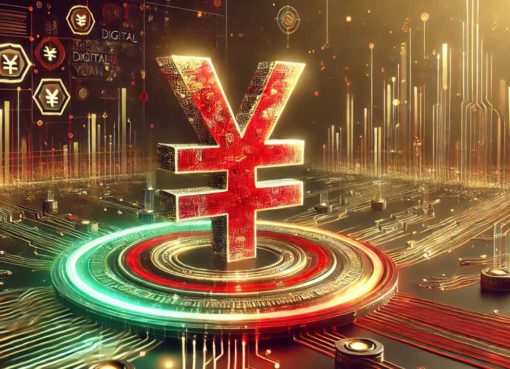NFTs and blockchain are about to transform the gaming sector forever. In this article, we break down the why and the how. But first let’s explain how we got here.
NFTs — Non-Fungible Tokens — have taken much of the internet by storm. In 2020, it was an obscure term familiar only to the most entrenched Ethereum enthusiasts. Now, they are a household world and not only that – a buzzword representing tech innovation. Dozens of other major blockchains now support NFTs – from Bitcoin to Binance Smart Chain.
NFTs are unique tokens or digital signatures created on a blockchain (decentralized ledger supported by many different computers on the internet). The process done to create an NFT is called “minting” an NFT.
NFTs and cryptocurrencies – the other type of token on a blockchain – have one major difference.
Cryptocurrencies, like any currency, are fungible – designed to be swapped out or replaced by many others just like it. A $20 bill, a quarter, a gallon of water at the supermarket can be replaced by many others just like it. A non-fungible token is an opposite – it is unique.
Something non-fungible in everyday life would be a driver’s license. It might cost someone $400 of time and money to get a driver’s license, but one cannot simply hand someone $400 in return for their driver’s license. You need your own unique version.
In the same way, non-fungible tokens operate in the digital realm on the blockchain. The world of art, digital art and collectibles embraced NFTs and they are now deeply embedded into the culture of those fields in less than a year.
How did this happen so fast? For one, it minimized the power of the traditional gatekeepers in the space. Art galleries were the centralized gatekeepers who decided which artists would be featured.
Now for the first time, an unknown artist could log onto an NFT marketplace from almost any country in the world and mint an NFT. They could display their art and sell it for cryptocurrency. The gatekeepers saw the writing on the wall and embraced this new technology as the future of their industry.
NFTs x Gaming
The next logical field is that NFTs and the blockchain are poised to disrupt gaming.
The gatekeepers, traditional gaming studios and corporations with large gaming divisions such as Nintendo, Sony and Microsoft are making billions in the gaming sector. They are not excited to share their profits.
Many traditional gamers and streamers have grown successful and comfortable and are understandably critical of the talk of NFTs disrupting gaming. So how could blockchain gaming win out. Here’s how:
- The gaming industry is massive and growing. There are now 3.24 billion gamers in the world per this report from Statista. Out of this, there are 2.2 billion mobile gamers. Across the developing world, this figure is projected to balloon next year – and every year after that for some time.
- NFTs on blockchain make it possible for outsized organic economic growth. Using NFTs as part of a Play-To-Earn model, the economy of any successful game is poised for exponential growth. This can be made seamless through blockchain technology, which is borderless. Players in Tanzania, Thailand and Omaha have no barriers to participate. All they need is a cell phone with an internet connection.
- Open protocols are more efficient and inexpensive to build on. Public blockchains such as Binance Smart Chain are open protocols. Any developer can build games on Bsc.
- Ownership of Assets. While traditional gamers could argue that there is an existing Play-To-Earn model, let us take NFTs and how they change this. In-game player characters, skins and attributes as NFTs give ownership to the user. While you could “own” assets inside centralized gaming, you are given that right by the game studio. If the game is shut down, there goes the asset.
If this is an NFT you can port this to a crypto wallet, and in the future, you may even be able to port to another game, you will have full sovereignty over your assets.
NFTs show ownership, but they also show provenance (who created it when) and the chain of ownership. An NFT used by a champion gamer could have increased value. The concept of royalties is also potential in NFTs, making it a potential win-win for an artist who created it, or even the gaming studio, as well as the players who use and trade it.
PizzaBucks
Five years from now, the gaming industry will look completely different. And it will be built on the blockchain with full NFT support.
A leading gaming creator, PizzaBucks is building its own Metaverse and filling it with NFT-supported Play-To-Earn gaming. The first of these games is an upcoming highly-anticipated AAA-rated high-end graphically composed auto racing game.
The game will feature players competing in racers in cities across the globe. It also will feature the customization of cars, avatars, the acquisition of real estate, art, music and collectibles. All of these customizations will be supported with NFTs that are owned by the users that purchase them.
Followed by the launch of the first game, PizzaBucks will continue building its gaming metaverse, with full NFT and Play-To-Earn functionality in every game. The gaming ecosystem is being produced on the Binance Smart Chain, allowing a seamless user experience with minimal transaction fees.




